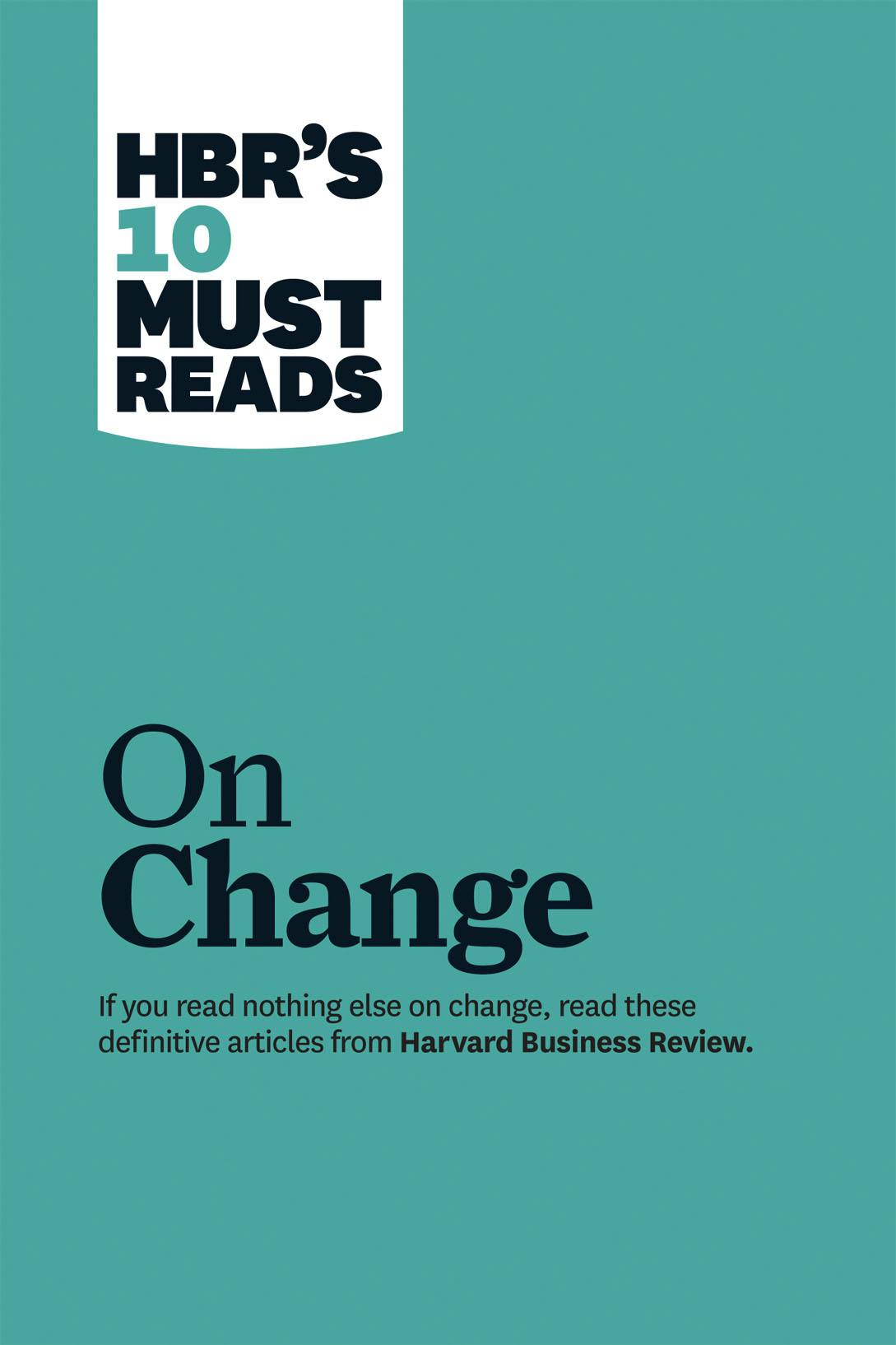Editor’s Note: Change Through Persuasion by David A. Garvin and Michael A. Roberto is an excerpt from HBR’s 10 Must Reads “On Change,” a compilation of Harvard Business Review articles.
By David A. Garvin and Michael A. Roberto
Without a doubt, the toughest challenge faced by leaders during a turnaround is to avoid backsliding into dysfunctional routines — habitual patterns of negative behavior by individuals and groups that are triggered automatically and unconsciously by familiar circumstances or stimuli.
Employees need help maintaining new behaviors, especially when their old ways of working are deeply ingrained and destructive. Effective change leaders provide opportunities for employees to practice desired behaviors repeatedly, while personally modeling new ways of working and providing coaching and support.
In our studies of successful turnarounds, we’ve found that effective leaders explicitly reinforce organizational values on a constant basis, using actions to back up their words. Their goal is to change behavior, not just ways of thinking.
Pointing out disruptive, divisive behavior
For example, a leader can talk about values such as openness, tolerance, civility, teamwork, delegation, and direct communication in meetings and e-mails. But the message takes hold only if he or she also signals a dislike of disruptive, divisive behaviors by pointedly — and, if necessary, publicly — criticizing them.
At Beth Israel Deaconess Medical Center, the chiefs of medicine, surgery, orthopedics, and other key functions presented Levy with special behavioral challenges, particularly because he was not a doctor. Each medical chief was in essence a “mini-dean,” the head of a largely self-contained department with its own faculty, staff, and resources. As academic researchers, they were rewarded primarily for individual achievement. They had limited experience solving business or management problems.
In dealing with the chiefs, Levy chose an approach that blended with a strong dose of discipline with real-time, public reinforcement. He developed guidelines for behavior and insisted that everyone in the hospital measure up to them.
In one of his earliest meetings with the chiefs, Levy presented a simple set of “meeting rules,” including such chestnuts as “state your objections” and “disagree without being disagreeable,” and led a discussion about them, demonstrating the desired behaviors through his own leadership of the meeting. The purpose of these rules was to introduce new standards of interpersonal behavior and, in the process, to combat several dysfunctional routines.
One serious test of Levy’s ability to reinforce these norms came a month and a half after he was named CEO. After a staff meeting at which all the department chairs were present, one chief — who had remained silent — sent an e-mail to Levy complaining about a decision made during the meeting. The e-mail copied the other chiefs as well as the chairman of the board.
Many CEOs would choose to criticize such behavior privately. But Levy responded in an e-mail to the same audience, publicly denouncing the chief for his tone, his lack of civility, and his failure to speak up earlier in the process, as required by the new meeting rules.
It was as close to a public hanging as anyone could get. Several of the chiefs privately expressed their support to Levy; they too had been offended by their peer’s presumptuousness. More broadly, the open criticism served to powerfully reinforce new norms while curbing disruptive behavior.
Getting employees to work through issues themselves
Even as they must set expectations and reinforce behaviors, effective change leaders also recognize that many employees simply do not know how to make decisions as a group or work cooperatively. By delegating critical decisions and responsibilities, a leader can provide employees with ample opportunities to practice new ways of working; in such cases, employees’ performance should be evaluated as much on their adherence to the new standards and processes as on their substantive choices.
In this spirit, Levy chose to think of himself primarily as a kind of appeals court judge. When employees came to him seeking his intervention on an issue or situation, he explained, he would “review the process used by the ‘lower court’ to determine if it followed the rules. If so, the decision stands.” He did not review cases de novo and substitute his judgment for that of the individual department or unit.
He insisted that employees work through difficult issues themselves, even when they were not so inclined, rather than rely on him to tell them what to do. At other times, he intervened personally and coached employees when they lacked basic skills.
When two members of his staff disagreed on a proposed course of action, Levy triggered an open, emotional debate, then worked with the participants and their bosses behind the scenes to resolve the differences. At the next staff meeting, he praised the participants’ willingness to disagree publicly, reemphasizing that vigorous debate was healthy and desirable and that confrontation was not to be avoided. In this way, employees gained experience in working through their problems on their own.
Performance, of course, is the ultimate measure of a successful turnaround. On that score, BIDMC has done exceedingly well since Levy took the helm.
The original restructuring plan called for a three-year improvement process, moving from a $58 million loss in 2001 to break-even in 2004. At the end of the 2004 fiscal year, performance was far ahead of plan, with the hospital reporting a $37.4 million net gain from operations. Revenues were up, while costs were sharply reduced.
Decision making was now crisper and more responsive, even though there was little change in the hospital’s senior staff or medical leadership. Morale, not surprisingly, was up as well.
To take just one indicator, annual nursing turnover, which was 15 percent to 16 percent when Levy became CEO, had dropped to 3 percent by mid- 2004. Pleased with the hospital’s performance, the board signed Levy to a new three-year contract.
Reprinted by permission of Harvard Business Review Press. Excerpted from HBR’s 10 Must Reads On Change. Copyright 2011 Harvard Business Review Press. All rights reserved.
